Pratt & Whitney to Receive State's Medal of Technology
/Pratt & Whitney has been selected as the 2018 recipient of the Connecticut Medal of Technology in recognition of its accomplishments in creating the groundbreaking geared turbofan (GTF) technology with unprecedented reductions in fuel consumption and noise, representing an incredible technological achievement in mechanical engineering and aircraft propulsion.
It marks the first time in recent memory that the Medal will be presented to a business; previous recipients have been individuals. David B. Carter, Senior Vice President of Engineering will accept the award on behalf of Pratt & Whitney at the 43rd Annual Meeting & Dinner of the Connecticut Academy of Science and Engineering (CASE) on Thursday, May 24, 2018 at the Red Lion Hotel in Cromwell.
Pratt employs thousands of engineers and workers with headquarters, research and development organizations and production facilities in Connecticut. United Technologies Corporation, parent company of Pratt & Whitney, spent more than $10 billion on research before launching the GTF engine.
With more than 8,000 engines sold to date, the GTF represents several hundred billion dollars of economic activity in Connecticut over the next few years. Numerous airline customers have chosen Pratt & Whitney’s PurePower® turbofan engines because of the superior architecture and performance, as well as economic and environmental benefits.
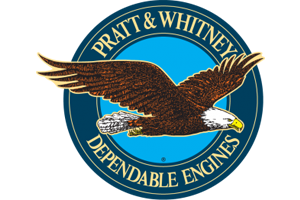 “At Pratt & Whitney, we are in a very competitive industry and our continued success depends on our people driving innovation into every part, process and service,” said Carter. “Our customers have depended on Pratt & Whitney innovators literally for generations, and with the GTF, they can continue to count on us for the next generation.”
“At Pratt & Whitney, we are in a very competitive industry and our continued success depends on our people driving innovation into every part, process and service,” said Carter. “Our customers have depended on Pratt & Whitney innovators literally for generations, and with the GTF, they can continue to count on us for the next generation.”
“From the smallest detail of our engine design to the last stage of our manufacturing line, they are continuously improving how our engines are designed, manufactured and serviced. In the GTF alone, we matured or invented at least 48 technologies to drive performance benefits and we have over 3600 patents and patent applications filed globally to protect our investment in innovative GTF architecture. These technologies go beyond the gear and include advancements to the fan blade, engine core, materials, monitoring systems and a host of others.
Pratt & Whitney has had a long-term commitment to and association with the State of Connecticut. “The State of Connecticut is proud to award the Connecticut Medal of Technology to Pratt & Whitney,” said Governor Dannel P. Malloy.
Malloy said that “Connecticut is the proud home of some of the nation’s most talented aerospace and defense manufacturers and suppliers, and Pratt & Whitney is certainly among them. This company continues to conduct cutting-edge aerospace research, providing exciting new opportunities for top engineering and science graduates from our state’s colleges and universities. We applaud Pratt & Whitney for their ongoing innovations and continued commitment to the State of Connecticut.”
The Connecticut Medal of Technology is awarded to individuals, teams, and companies/non-profits or divisions of companies/nonprofits for their outstanding contributions to the economic, environmental and social well-being of Connecticut and the nation through the promotion of technology, technological innovation, or the development of the technological workforce.
By highlighting the importance of technological innovation, the Medal also seeks to inspire future generations to prepare for and pursue technical careers to keep Connecticut and the  nation at the forefront of global technology and economic leadership.
nation at the forefront of global technology and economic leadership.
The Connecticut Academy of Science and Engineering was chartered by the General Assembly in 1976 to provide expert guidance on science and technology to the people and to the state of Connecticut, and to promote the application of science and technology to human welfare and economic well-being.
Modeled after the National Medal of Technology and Innovation, this award is bestowed by the State of Connecticut, with the assistance of the Connecticut Academy of Science and Engineering, in alternate years with the Connecticut Medal of Science.
The Connecticut Medal of Science was presented last year to Professor Robert Schoelkopf, Sterling Professor of Applied Physics and Physics and Director of the Yale Quantum Institute. Previous Connecticut Medal of Technology recipients include Cato T. Laurencin (2016) Professor at the University of Connecticut andCEO, Connecticut Institute for Clinical and Translational Science, and Frederick J. Leonberger (2014), Principal of Ovation Advisors, LLC and Senior Vice President and Chief Technology Officer (ret.), JDS Uniphase Corporation.
For more information about the Academy, visit www.ctcase.org.


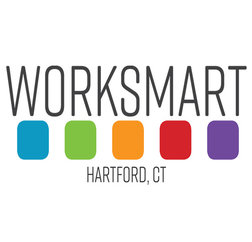
 The Summit will feature nearly a dozen sessions and speakers, many from local businesses, highlighting best practices and latest developments in a range of technology arenas.
The Summit will feature nearly a dozen sessions and speakers, many from local businesses, highlighting best practices and latest developments in a range of technology arenas.

 untapped talent pool, inform women of the opportunities for well-paid, rewarding work, and allow them to network with some of the region’s visionary business leaders.”
untapped talent pool, inform women of the opportunities for well-paid, rewarding work, and allow them to network with some of the region’s visionary business leaders.”

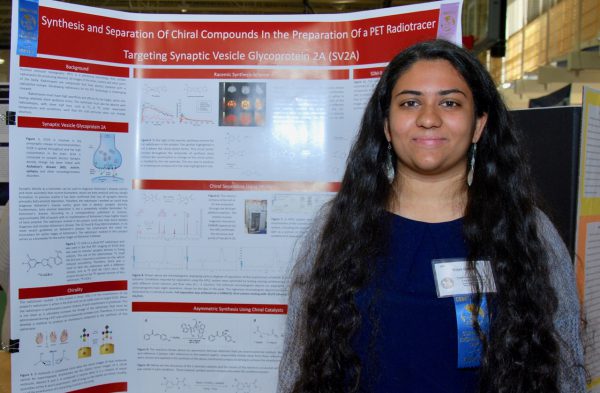 The primary objective of the fair is to attract young people to careers in mathematics, science, and engineering while developing critical thinking and public speaking skills. Through their participation in the fair, students are encouraged to pursue independent work using proper research methods.
The primary objective of the fair is to attract young people to careers in mathematics, science, and engineering while developing critical thinking and public speaking skills. Through their participation in the fair, students are encouraged to pursue independent work using proper research methods.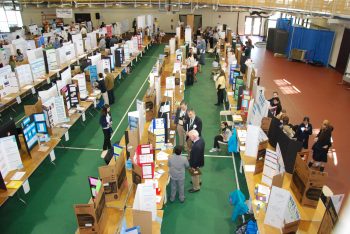
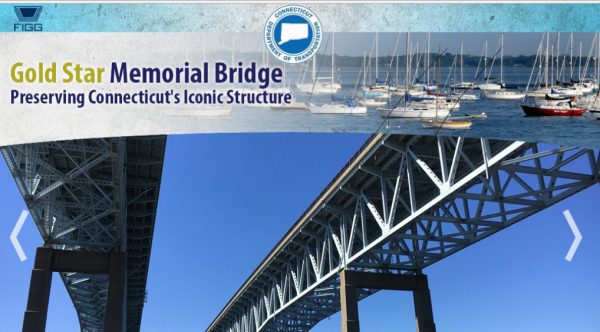 The Gold Star Memorial Bridge, described as “Connecticut’s most iconic structure,” is the largest bridge in the State of Connecticut. It is 6,000 feet long and over 150 feet tall at the center span. The bridge is actually a pair of steel truss bridges that span over the Thames River, between New London and Groton, according to the project website.
The Gold Star Memorial Bridge, described as “Connecticut’s most iconic structure,” is the largest bridge in the State of Connecticut. It is 6,000 feet long and over 150 feet tall at the center span. The bridge is actually a pair of steel truss bridges that span over the Thames River, between New London and Groton, according to the project website.
 “Repairs and maintenance of the bridge’s structural steel includes steel girder end repairs, bolt replacements, and bearing replacement and maintenance. Repairs to the substructure include concrete repairs and crack sealing,” the website explains.
“Repairs and maintenance of the bridge’s structural steel includes steel girder end repairs, bolt replacements, and bearing replacement and maintenance. Repairs to the substructure include concrete repairs and crack sealing,” the website explains.
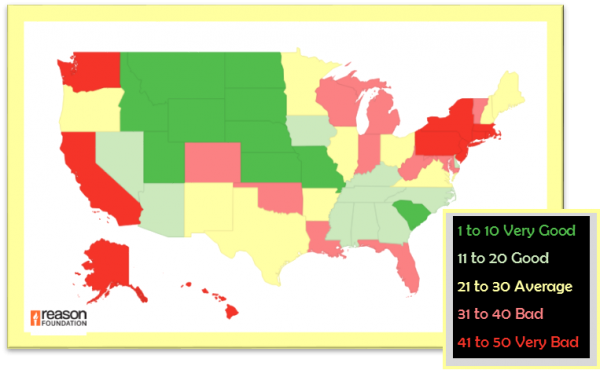 Reason Foundation’s Annual Highway Report ranks the performance of state highway systems in 11 categories, including spending per mile, pavement conditions, deficient bridges, traffic congestion, and fatality rates. At the bottom were New Jersey, Rhode Island, Alaska, Hawaii and Connecticut. Topping the list were North Dakota, Kansas, South Dakota, Nebraska, South Carolina and Montana. New York and Massachusetts were also in the bottom ten, ranked just above Connecticut.
Reason Foundation’s Annual Highway Report ranks the performance of state highway systems in 11 categories, including spending per mile, pavement conditions, deficient bridges, traffic congestion, and fatality rates. At the bottom were New Jersey, Rhode Island, Alaska, Hawaii and Connecticut. Topping the list were North Dakota, Kansas, South Dakota, Nebraska, South Carolina and Montana. New York and Massachusetts were also in the bottom ten, ranked just above Connecticut. The report also considered costs related to state roads and bridges.
The report also considered costs related to state roads and bridges.

 “It is no secret that
“It is no secret that 
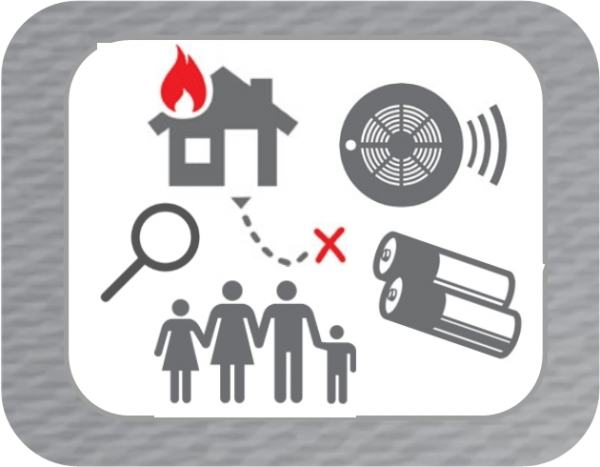
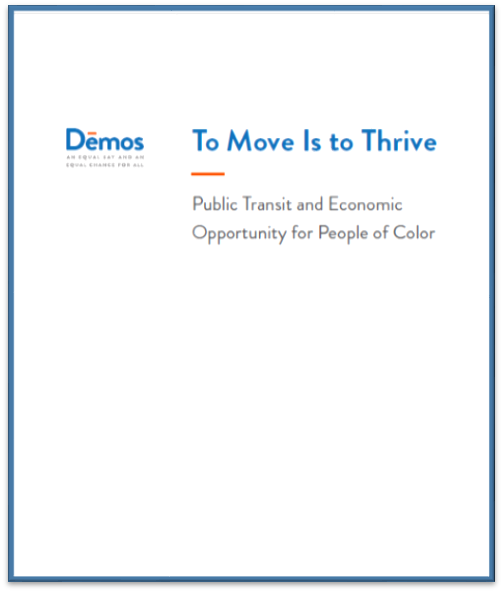
 The key findings on the jobs benefits from investment in public transit are:
The key findings on the jobs benefits from investment in public transit are:




























